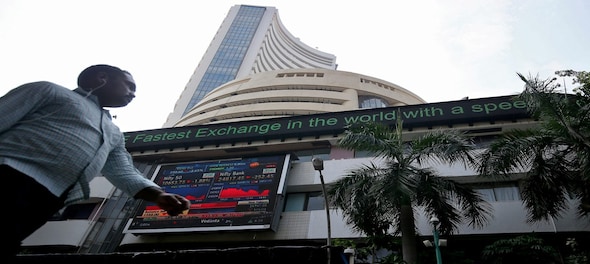
Initial Public Offers (IPO) have been characterised by the simultaneous Offer for Sale (OFS). In other words, OFS has invariably been riding piggyback on IPO. The reason is not far to seek. Ever since free pricing on the back of book-building came to vogue in 1991 after the dismantling of the Controller of Capital Issues regime, one has witnessed aggressive pricing of shares issued on IPO. So much so, even loss-making companies have been commanding mind-boggling premiums on IPO. This touching faith in the Indian story by the Qualified Institutional Buyers (QIB), who alone are allowed to partake in book-building, a price discovery exercise, has however had a deleterious impact on the retail investors----they have no choice but subscribe at the same price discovered by QIB. In other words, QIB have been playing a pied-piper role insofar as retail investors are concerned. Often retail investors have been singed at the altar of IPO-cum-OFS and the major beneficiaries of which of course are promoters and venture capitalists who unload their holdings at the IPO price through the simultaneous OFS platform.
Stock market is the best place for price discovery over a period of time. Recent history is replete with instances of shares tanking to half or less vis-à-vis the IPO price thus proving the optimism of QIBs wrong who for good measure are led up the garden path by merchant bankers. In other words, the true worth of a share is discovered much later say during the six months after listing.
Therefore, the government should stop promoters from riding piggyback on IPO by unloading their shares through the simultaneous OFS platform. The government must mandate that OFS is permissible only post IPO i.e., after the market has had the time to determine the true worth of a company. And this is what IRCTC has been doing voluntarily even in the absence of the government diktat. IRCTC made its IPO in September 2019 at Rs 315-320 per share. The premium as can be seen was modest so as to allow listing gains for the small investors which is the main gravitas for their participation in IPOs. Post IPO i.e., in December 2020, the government had launched OFS in IRCTC at the floor price of Rs 1367 and the allotment price was Rs 1377.55 apiece, before a stock split.
In other words, the government benchmarked its disinvestment in IRCTC transparently on the stock market quotations just as it has done so again now in the second round of OFS at a floor price of Rs 680 per share, once again benchmarked against the prevailing quotation which is perilously close to the floor price. In the second round of OFS the government is unloading 5 percent stake including the green shoe option. At present, i.e., after the first round of OFS, the government owns 67.4 per cent stake in IRCTC.
The IRCTC template commends itself for adoption by the lawmakers. The IRCTC model is commendable inasmuch as its OFS does not lean on the crutches of IPO which is de rigueur in the IPO-cum-OFS model witnessed in the private sector. The IRCTC model sets store by the market quotations and benchmarks its OFS against such quotations whereas the IPO-cum-OFS model sets store by what QIBs have discovered. The price discovered at the bourses over a sufficiently long time is more reflective of the true worth of a share. A promoter, who in case of IRCTC is the Government of India, must be obliged to unload its holdings in one go or gradually in the bourses or to the public vide OFS at the price benchmarked against the market quotations. This is at once fair to both the promoters and the investors as against the IPO-cum-OFS platform through which the promoters exit at exorbitant price even while welcoming the public in at the same exorbitant price. This is conflict of interest of the highest order. It is surprising that such blatant and patent conflict of interest has been countenanced all these years. Time the government called an end to it and mandated the IRCTC model of standalone OFS post IPO i.e., on the basis of stock market quotations.
— The author S Murlidharan is a CA by qualification, and writes on economic issues, fiscal and commercial laws. The views expressed in the article are his own.
Read his previous articles here
(Edited by : CH Unnikrishnan)
First Published: Dec 19, 2022 7:20 AM IST
Check out our in-depth Market Coverage, Business News & get real-time Stock Market Updates on CNBC-TV18. Also, Watch our channels CNBC-TV18, CNBC Awaaz and CNBC Bajar Live on-the-go!


BJP is planning to ban RSS, says Shiv Sena (UBT) chief Uddhav Thackeray
May 18, 2024 8:01 PM
Punjab Lok Sabha elections: Complete list of Congress candidates
May 18, 2024 4:08 PM
Punjab Lok Sabha elections: Check full list of AAP candidates and constituencies
May 18, 2024 12:59 PM
PM Modi, Rahul Gandhi election rallies in Delhi today: Here are the routes to avoid
May 18, 2024 11:28 AM

